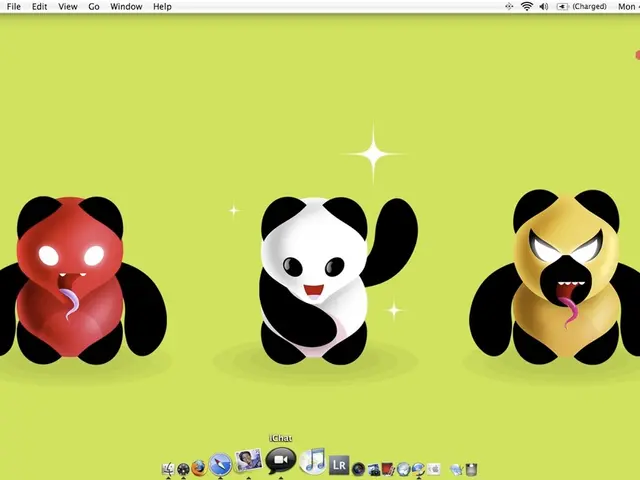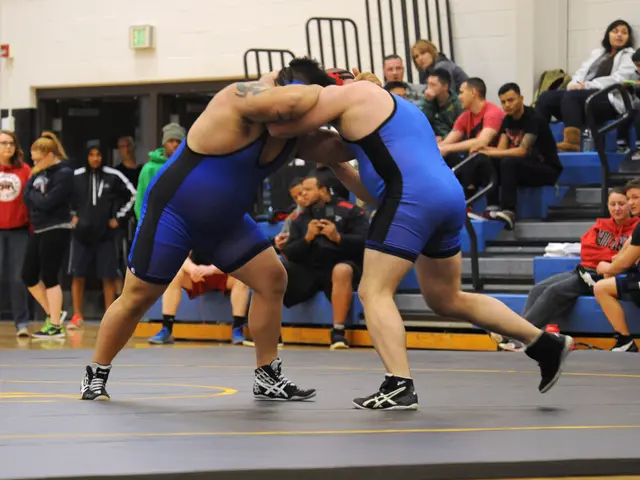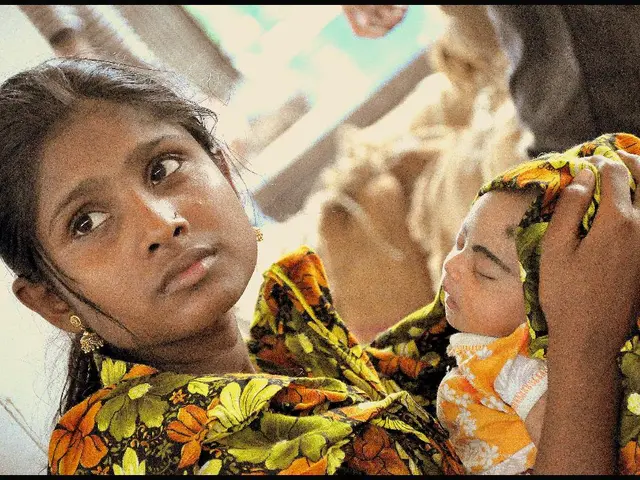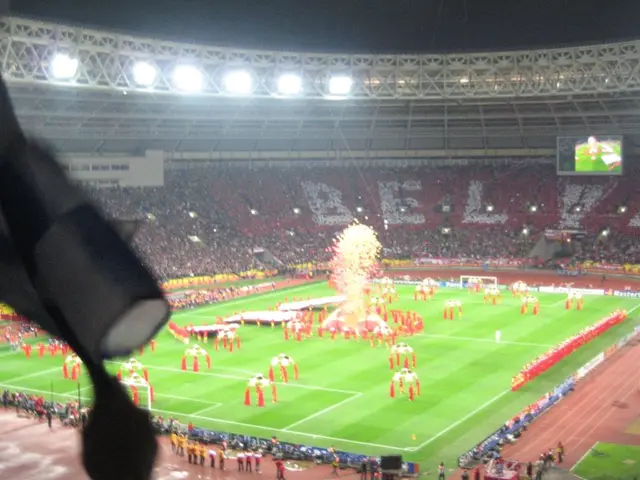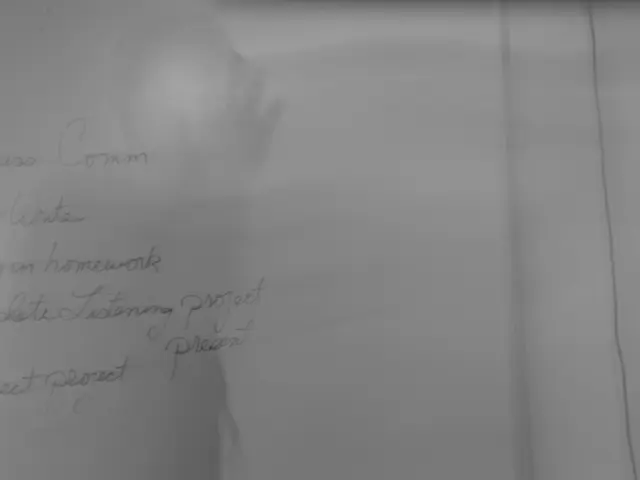A Stir Over Starbucks' New Uniform: Baristas Speak Out
Starbucks imposes restrictive dress code, causing frustration among staff members
Starbucks employees are far from thrilled with the coffee giant's latest move — a new mandatory dress code that's causing quite a stir. Here's what you need to know.
Starbucks has rolled out stricter clothing regulations, affecting corporate-owned and licensed stores in the U.S. and Canada. Baristas are now required to wear black shirts (originally reported as black, but later clarified to include other colors under the apron) and specific colored pants (khaki, black, or blue). Though the changes seem minor, they've set off a wave of protests.
More than 1,000 Starbucks baristas in 75 stores across the U.S. have been on strike since Sunday, according to Starbucks Workers United Union. The union, representing around 570 of the over 10,000 corporate-owned stores in the U.S., views the changes as incompatible with current collective bargaining negotiations. They argue that a preliminary agreement on the dress code already existed, but the new regulations have been enforced without adequate dialogue.
"We're Not Happy About it"
Employees claim they're being forced to buy new clothes without adequate compensation. The low wages and uncertain job prospects of many baristas make this an additional financial burden. Moreover, clothing with the company logo that is no longer allowed to be worn is still being sold on the internal website, further irritating employees.
As one Starbucks employee told the Associated Press, "Customers don't care what color our clothes are if they have to wait 30 minutes for a latte."
Starbucks has stated that every employee will be provided with two free black T-shirts to comply with the new dress code. The company's intent is to emphasize the green aprons more and create a uniform, inviting atmosphere across its stores.
Implications: A Look Ahead
Despite the strikes, Starbucks claims the impact on operations has been minimal. Over 99 percent of its U.S. stores remain open, and according to Starbucks, less than one percent of employees participated in the strikes, with some stores being closed for less than an hour.
The moves come as Starbucks faces declining sales domestically and internationally. In its most important market, the U.S., sales in comparable stores have decreased for five consecutive quarters. Customers find Starbucks' prices too high, leading to occasional customers avoiding the brand, especially during peak morning hours, resulting in long wait times and abandoned mobile orders.
While the new dress code is meant to improve customer experience, it's sparked significant dissatisfaction among employees and union representatives, potentially affecting Starbucks' image and operations. Time will tell how this controversy unfolds.
- Starbucks
- Employees
- The new employment policy implemented by Starbucks, regarding the mandatory dress code, has stirred up quite a response within the Starbucks community, causing unrest among employees.
- Amidst declining sales and customer complaints, Starbucks' latest decision on lifestyle changes such as the fashion-and-beauty aspect of the employment policy, introducing a specific dress code, seems to have inadvertently caused a rift within the home-and-garden ambiance of their stores, potentially impacting the company's overall image.




